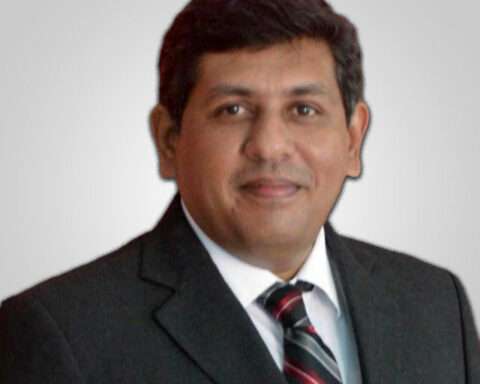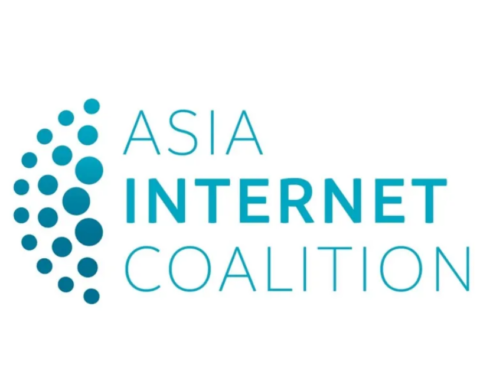Voith has received two new orders to supply the equipment for hydropower plants in the Himalayas: These comprise the complete electromechanical equipment for three generating units at the Rasuwaghadi Hydropower Plant in Nepal as well as the modernization of six turbine runners at the Salal Hydroelectric Project in India. The two projects have a total order volume of more than 23 million Euros and will both be carried out by Voith Hydro in India.
For the Rasuwaghadi plant in Nepal Voith will supply a complete water-to-wire solution including three 37 megawatts vertical Francis turbines, the generators as well as automation systems and balance-of-plant equipment. The project is located in the North of Nepal, around 150 kilometers from the capital Kathmandu, and is being developed by the Rasuwaghadi Hydropower Company, a subsidiary of state-owned Nepal Electricity Authority.
At the Salal Hydroelectric Plant, located on the river Chenab in Northern India, Voith will carry out the supply and service works for installation of six new runners. The refurbishment of the runners, originally installed between 1987 and 1995, became necessary due to erosion damages that have been caused by the silt prone waters of the Himalayan rivers. The six runners will be manufactured at Voith Hydro’s workshop in Vadodara, India, and be delivered gradually to reconnect the units to the grid step by step.
The Himalaya region has remarkable hydropower potential to offer: In Nepal alone, the technically feasible hydropower potential is estimated at about 40,000 megawatts of which less than two percent has been developed so far. At the same time, more than 90 percent of the countries national electricity generation comes from hydropower – an energy source which is not only very climate-friendly, but also particularly reliable and predictable, making it specifically suitable for regions with lowly developed or instable electricity supply. In addition, Nepal’s potential to export energy from hydropower to India on a large scale is seen as a great support for the country’s fast-track development.
Also for India, hydropower is a key resource as black-outs are common and grid stability is a factor that still needs to be improved. With a technically feasible hydropower potential of almost 150,000 megawatts, and only about a quarter of that exploited so far, the country offers vast opportunities to further expand reliable energy generation from hydropower.
Taken as a whole, the Asia Pacific region offers by far the largest hydropower potential in the world: It is estimated at more than 1,750 gigawatts, with only around 25 percent of that already having been developed.








